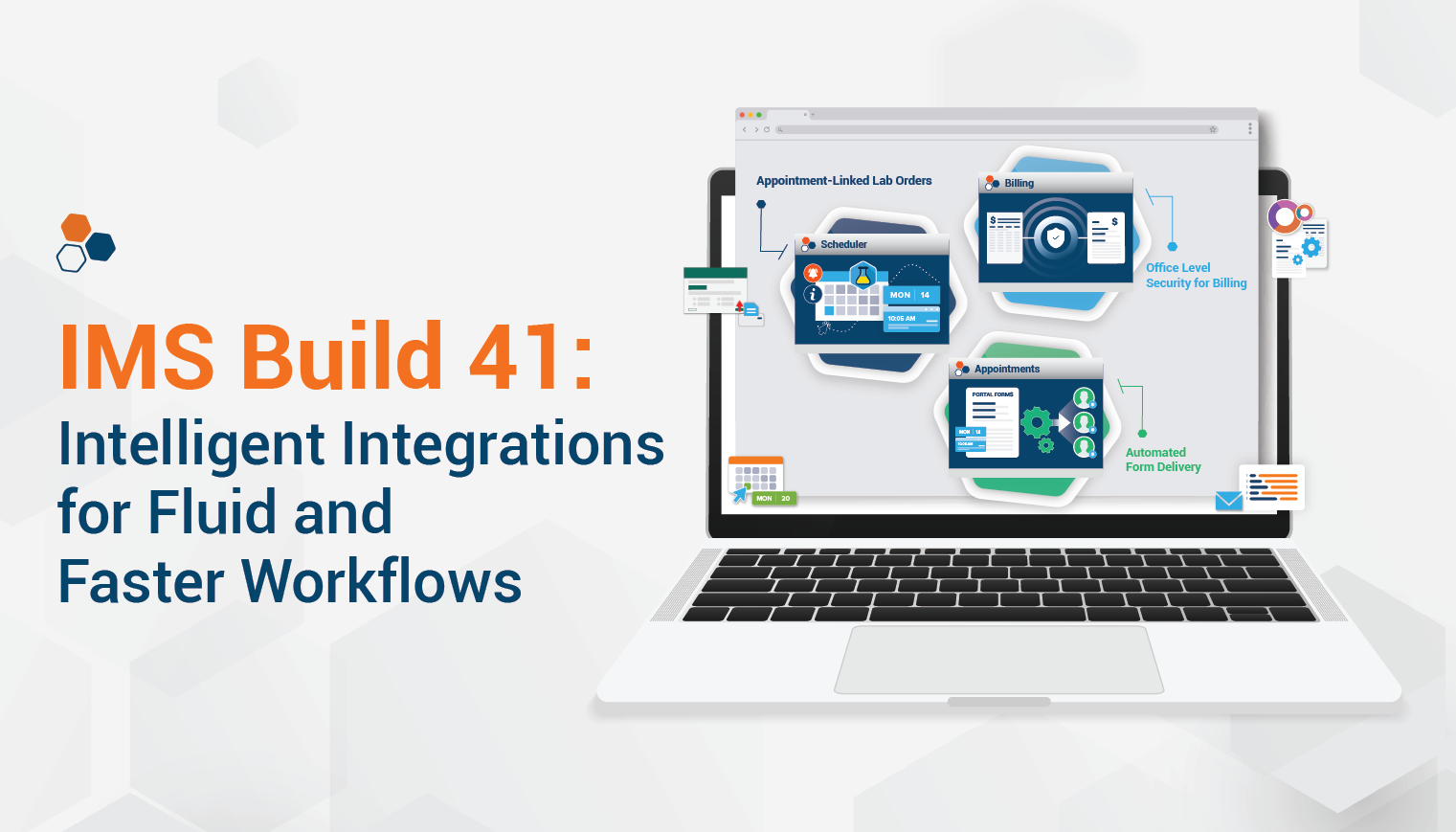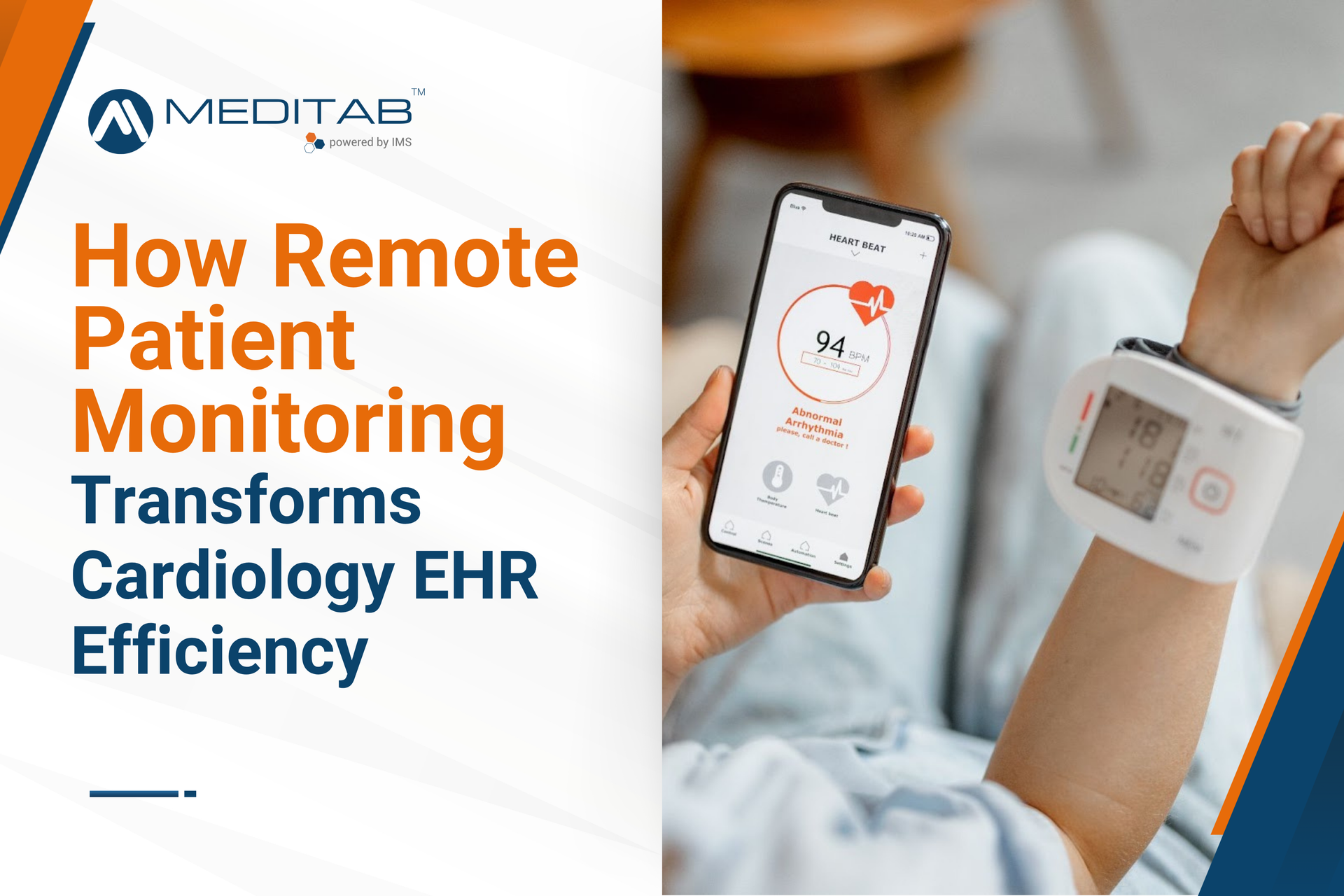5 Signs You're Using the Wrong Telemedicine Platform

Telemedicine is here to stay.
After the COVID-19 pandemic pushed healthcare technology to new heights and spurred the massive adoption of telehealth around the globe, telemedicine is becoming an effective and sustainable means of expanding access to quality healthcare.
According to a survey by the American Medical Association (AMA), the percentage of physicians using virtual visits grew from 14% in 2016 to 80% in 2022.
And while the barrage of options for telehealth technology may sound great, it can turn the selection process into a headache for providers and office managers.
5 Telemedicine Platform Red Flags

Embracing
telehealth and telemedicine is a wise decision, but partnering with just any telemedicine tool is not.
There are countless telemedicine options, but not all are equipped to deliver the reliability, security, and convenience your clinic needs.
Here are five red flags you need to look out for when choosing your practice’s telemedicine solution:
1. It’s Not HIPAA Compliant
This is a deal-breaker, no questions asked.
Unlike in-person clinic visits, virtual visits require an additional layer of security to consider to protect patient information—the platform's security.
According to HIPAA guidelines, practices delivering virtual care need to ensure that “a system of secure communication should be implemented to protect the integrity of electronic protected health information (ePHI).”
Unsecure and unencrypted communication channels are a huge HIPAA liability, so clinics should never use them for remote consultations. If a telemedicine solution does not guarantee 100% HIPAA compliance, then that platform shouldn’t be an option for you.
2. It’s Not Integrated with Your EHR
Getting a third-party solution may sound like a quick and hassle-free way of delivering care remotely, but this can actually chip away at the quality and convenience of your practice’s entire telemedicine process.
In an interview about the future of telehealth, Dr. Ryan Spaulding, Director of the KU Center for Telemedicine & Telehealth, stated that while third-party telemedicine services are promising, they may complicate care management.
By outsourcing to standalone telemedicine vendors, you may be subjecting your patients and practice to:
- Privacy Risk. The third-party tool can access (and possibly store) your patients’ personal information, posing the risk of data misuse.
- Inequitable Access. Some companies that offer standalone telemedicine solutions require a subscription or payment at the time of service, something not all of your patients can afford.
- Extra Work. An unintegrated telemedicine solution may not offer data entry automation. This means providers must enter (and reenter) the same patient information on different platforms. Patients will also likely have to access another application for their televisit in addition to their patient portal.
Launching and joining telemedicine appointments should never be a burden to your patients or your providers. We strongly recommend investing in a telemedicine platform already built into your EHR software.

3. It’s Difficult to Use and Navigate
Telemedicine was designed to make quality care accessible and convenient to patients at a distance. Unfortunately, some platforms make joining a virtual consult more complicated than it should be. That’s a major red flag.
Telehealth technology should make it easier for every patient to get the care they need—even the least tech-savvy ones should be able to join and navigate it without a hitch.
Televisit by Meditab, for example, was designed with accessibility and ease of use in mind. Because the platform is embedded directly into the flagship EHR software IMS, Televisit gives patients several (easy) ways to join a virtual clinic visit.
The easiest way is simply tapping a unique system-generated link that was texted or emailed to them. No need to download an app, sign up for an account, or memorize usernames and passwords. Swift, straightforward, and secure. Just the way it should be.
4. It Doesn’t Allow You to Process Payments
Even with Medicaid, Medicare, and most private insurance plans offering some coverage for telehealth services, some insurance companies still require copay from patients.
For facilities using third-party telemedicine platforms, this adds a whole new layer of complexity to their billing and payment process. They may have to add the following to their current workflow:
- Accepting payments over the phone
- Having the patient sign onto a payment gateway
- Having the patient fill out a payment processing form
While these are acceptable means of processing private-pay procedures, they still mean extra work for your staff and billers. Don’t waste money and time on a fragmented clinic workflow when you can have everything you need all in one place.
Opt for a telemedicine solution that seamlessly integrates with your practice management, EHR, and billing platform.
5. It Doesn't Allow You to Do Much Else
If you set up a telemedicine tool for your practice and all you get from it is a calendar, a video call service, and a note section, are you really getting your money’s worth?
If you’re investing in telehealth technology, you might as well get the best deal possible for your clinic. Consider platforms that not only allow telemedicine but also support your essential clinical and administrative workflows. A great example of this would be Meditab’s Televisit.
Because Televisit is fully embedded in a robust, all-in-one EHR system, it allows your practice to have a streamlined workflow for both telemedicine and in-office appointments. You can schedule appointments, check patients in and out, create visit notes, and process payments the same way.
In addition to its standard EHR system features, here are other things that Televisit offers:
- Allows providers to join a virtual visit using computers, iOS devices, and Android devices
- Allows the patient to go over and digitally sign forms before joining the call
- Allows the provider to invite other clinic staff to join an ongoing call
If you’re looking to take patient care to a new level, you will need more than just a telemedicine tool—you’ll need a powerful virtual clinic.
Televisit: Reliable, Secure, and Convenient

Going over a massive list of options makes choosing a telemedicine solution for your clinic an overwhelmingly difficult task. So it makes perfect sense to lay out the things you don’t want in a platform than what you do.
Your telemedicine solution should build bridges, not barriers. It plays a critical role in helping you increase clinic efficiency, safeguard patient data, and deliver quality virtual care.
Telehealth is here to stay, so don’t settle for low-cost, low-quality technology. Get more than what you pay for with a fully integrated, full-featured telemedicine solution like Televisit by Meditab.












